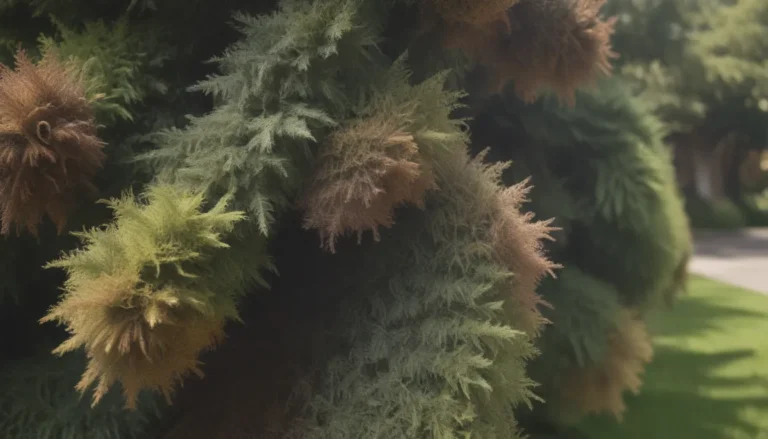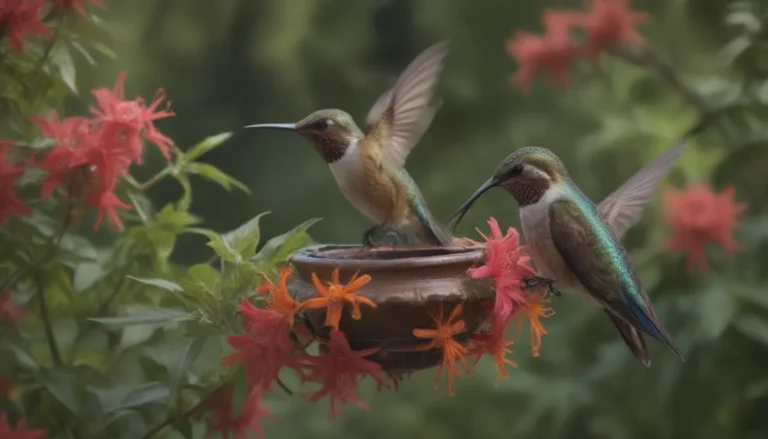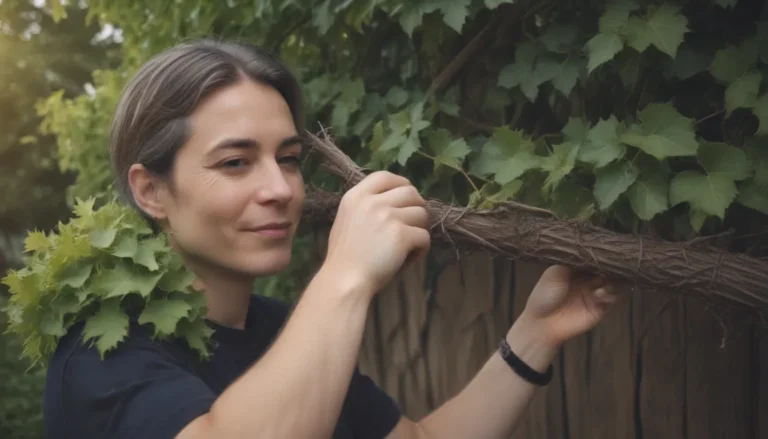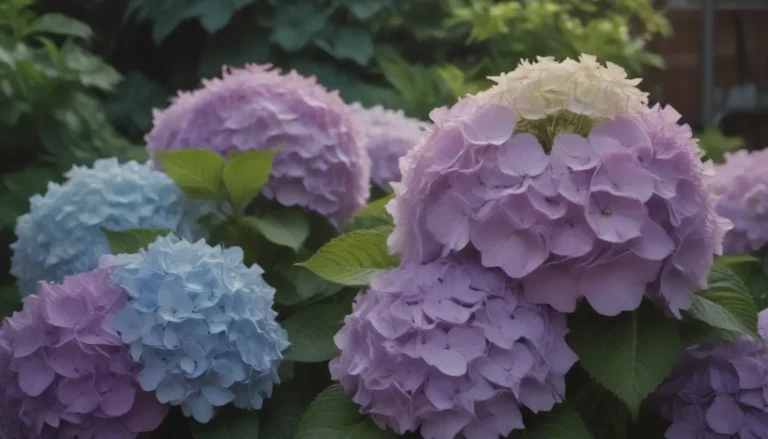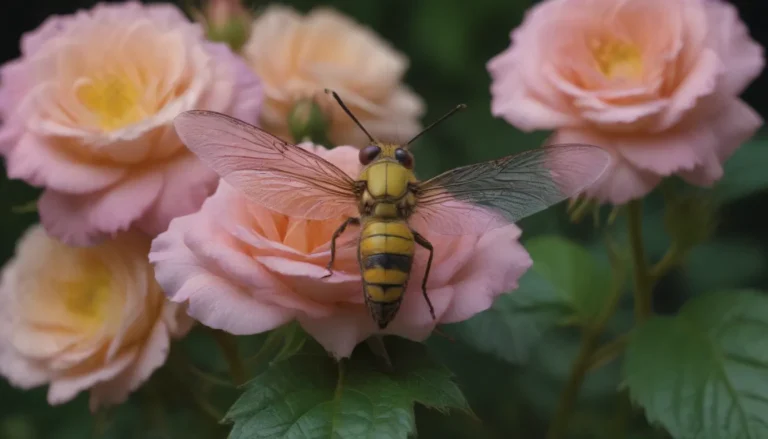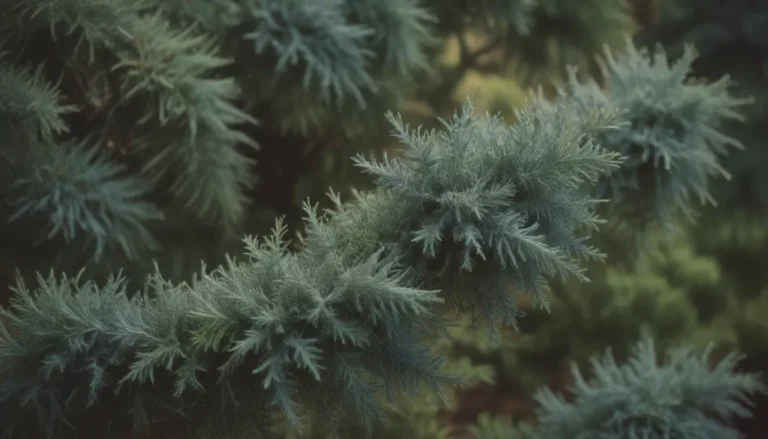Enhancing Your Garden with Smoke Bush Plants
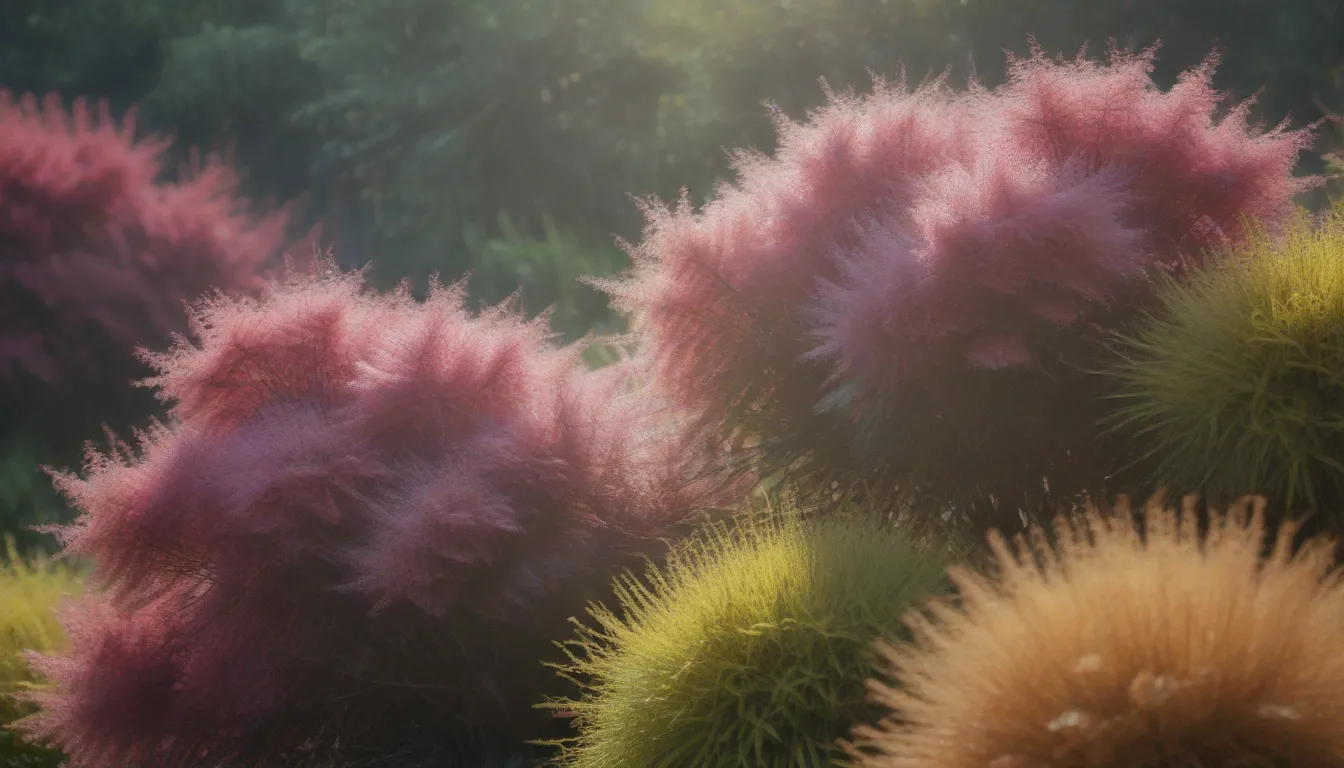
Looking to add a touch of purple-pink flair to your garden? Look no further than the Smoke Bush, also known as Cotinus coggygria. This deciduous shrub offers beautiful smokey plumes and striking purple leaves, making it a popular choice for garden enthusiasts. In this comprehensive guide, we will explore how to properly grow and care for Smoke Bush plants to ensure they thrive in your outdoor space.
Getting to Know the Smoke Bush Plant
The Smoke Bush plant is characterized by its upright, multi-stemmed habit and waxy green leaves. Some cultivars even feature stunning purple leaves that add an extra pop of color to your garden. The leaves can grow up to 3 inches long and change hues in the fall, ranging from yellow to orange to purplish-red, depending on the variety.
The name “smoke bush” comes from the billowy hairs attached to the flower clusters, which evolve into a smoky pink to purplish-pink shade as the weeks go by. When planting your Smoke Bush outdoors, aim for either the spring or fall for optimal growth. This shrub has a medium growth rate, typically expanding by 1 to 2 feet per year. Keep in mind that while the Smoke Bush is a stunning addition to your garden, it is mildly toxic to humans, and its sap can cause skin irritation.
Smoke Bush Care Tips
Plant Placement: Smoke Bush is commonly used as an individual specimen plant, but it can also be massed or planted as an informal screening hedge in larger landscapes. Once established, the plant is drought-tolerant, making it a valuable addition to xeriscaping projects and other water-conservation initiatives.
Soil Conditions: Smoke Bush thrives in nearly all soil types, as long as the soil is well-drained. It can adapt to various pH levels and soil compositions, but it does not do well in poorly draining or soggy soils. Ideally, plant Smoke Bush in slightly sheltered locations in zone 5 to protect them from harsh winter winds.
Spacing: When planting multiple Smoke Bush plants, space them 10 to 15 feet apart to allow for adequate growth and airflow. A 2-inch layer of mulch, such as wood chips or bark mulch, can help suppress weeds and retain moisture around young shrubs.
Light Requirements: Smoke Bush thrives in full sun conditions. If planted in partial shade, the foliage may become sparse, necessitating regular pruning to maintain plant density.
Watering: Young Smoke Bush plants should be watered deeply and regularly twice a week. Once established, these plants exhibit good drought resistance and can thrive when watered moderately every 10 days during the active growing season.
Temperature and Humidity: Smoke Bush plants prefer moderate temperatures and average to dry humidity levels. In moist, warm climates, watch out for fungal diseases, while in colder regions, provide sheltered conditions to protect the plants from harsh winter winds.
Fertilization: While Smoke Bush does not require frequent feeding, consider fertilizing in spring or applying a layer of compost to promote growth. An annual application of organic plant food may be necessary for shrubs that are not growing vigorously, particularly if nitrogen levels need a boost.
Different Types of Smoke Bush Plants
When choosing Smoke Bush cultivars for your garden, consider the following popular options:
- ‘Daydream’
- ‘Nordine’
- ‘Royal Purple’
- ‘Velvet Cloak’
Each variety offers unique characteristics and color variations to add interest to your garden landscape.
Pruning and Propagating Smoke Bush Plants
Pruning: Smoke Bush plants have minimal pruning needs but can be pruned anytime to remove damaged branches. For more severe pruning, late winter is the best time to reshape and rejuvenate the shrub by cutting it 6 to 8 inches above ground. Keep in mind that heavy pruning may sacrifice flowers for the following year.
Propagating: Propagate Smoke Bush plants through stem cuttings for best results in duplicating the ornamental qualities of the parent plant. Additionally, planting seeds can also be a viable method of propagating new Smoke Bush plants.
Potting, Repotting, and Overwintering Tips
Potting and Repotting: Smoke Bush plants have a contained fibrous root system, making them easy to transplant into pots. Utilize proper potting techniques to ensure the plant’s health and vitality.
Overwintering: During the winter months, take care not to overwater Smoke Bush plants, and avoid fertilizing them during this time. Apply a 3-inch layer of mulch around the bases of outdoor plants to protect the roots from harsh winter conditions.
Common Pests and Plant Diseases to Watch Out For
- Theoblique-banded leafroller: This native North American pest can be a concern for Smoke Bush plants and feeds on a variety of plant species.
- Verticillium wilt: Poorly draining soil can make Smoke Bush plants susceptible to this fungal disease, which causes browning of the leaves.
- Scabs and leaf spot: Warm weather can exacerbate fungal conditions like scabs and leaf spots in Smoke Bush plants.
- Stem canker: Keep an eye out for this condition, especially if you live in the eastern United States.
Maintaining the Beauty of Your Smoke Bush
While Smoke Bush plants do not require extensive care, paying attention to their needs can help them thrive and remain a focal point in your garden. With proper care and attention, Smoke Bush plants can live for approximately two decades, provided they are kept out of rich soil.
The wispy flowers of the Smoke Bush plant may attract honey bees, but these visitors are unlikely to linger due to the limited nectar and pollen production. Keep your Smoke Bush healthy and vibrant by following the care tips outlined in this guide.
Remember, the key to a flourishing Smoke Bush plant lies in providing the right growing conditions, proper maintenance, and occasional pruning to shape and rejuvenate the shrub. By following these guidelines, you can enjoy the beauty of Smoke Bush plants in your garden for years to come.
Source: Cotinus Coggygria Missouri Botanical Garden Hall, Carol W., and Norman E. Hall. Timber Press Guide to Gardening in the Pacific Northwest. Timber Press, 2008
In conclusion, integrating Smoke Bush plants into your garden can elevate its visual appeal and add a touch of elegance to your outdoor space. By following the care tips and best practices outlined in this guide, you can cultivate healthy and vibrant Smoke Bush plants that will thrive for years. Happy gardening!
